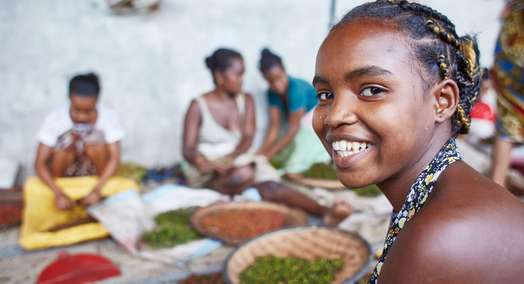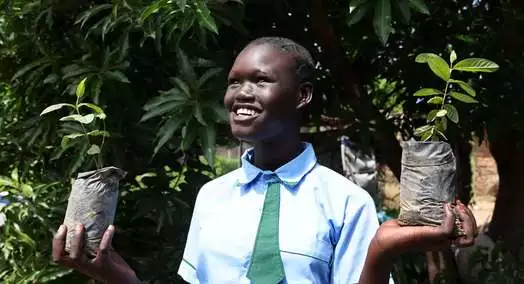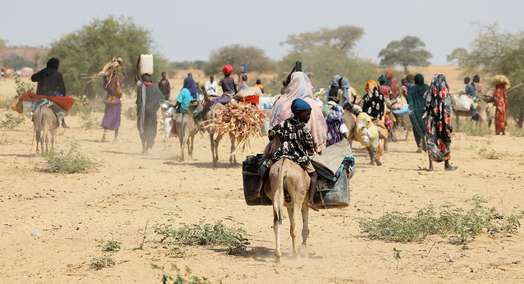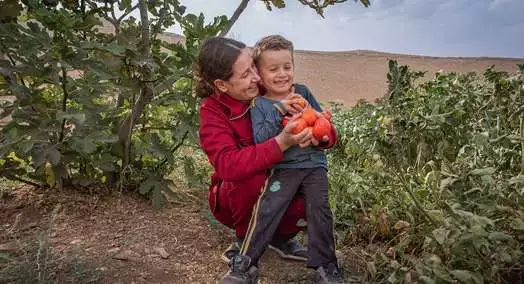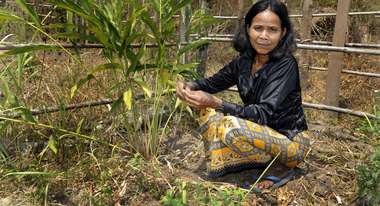Why Cambodia Is a Paradise for Food Lovers
We always focus on hunger, undernourishment and malnutrition. But for once, let us talk about the splendour of Cambodian cuisine.
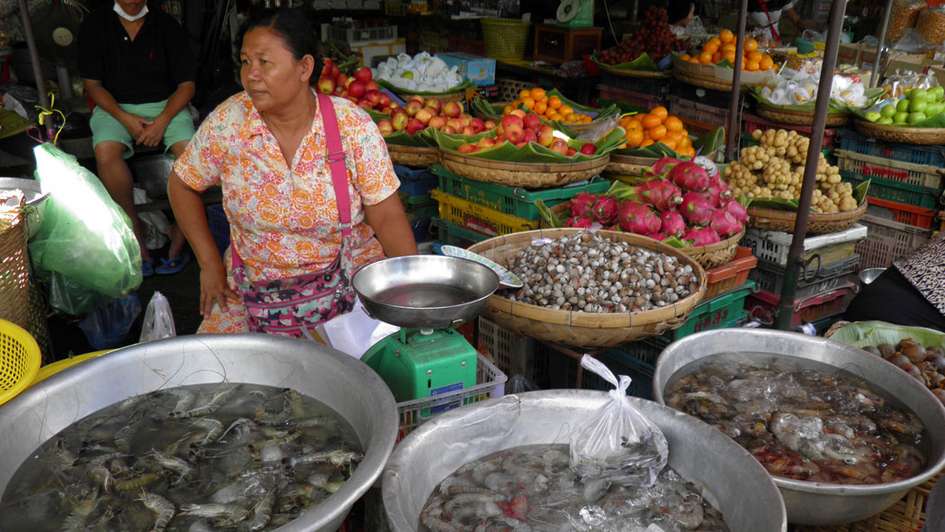
Before speaking of dishes, let us start with Cambodia`s large amount of incredible markets
… such as the Phsar Thom Thmey, the Phsar Toul Tom Poung, the O`russey market, the old market… in every city or village, life is structured around the markets.
The central market, with its star shape, is the most famous one in Phnom Penh. Built in 1937 and restored with the help of the French government in 2011, it is now a place full of life and wonderful products of all kinds… Here you can find everything you can imagine: souvenirs, cheap clothes, shoes, bags, jewellery and electronics… But its real splendour is food.
The sellers compete between each other, everyone tries to scream louder to attract the clients whereas the barangs (In Cambodia, Westerners are usually called barang.) try to get the lowest price, through endless bargaining. As I try to find my way through the narrow ails, the hundreds of people and the strong smells awake all my senses…
Cambodian cuisine Colourful vegetable, exotic fruits
The stalls display a vast number of colourful vegetables (such as morning glory, eggplants, bamboo shoots, ginger, etc) that provide a typical and tasteful touch to all Cambodian dishes. You can buy a large amount of exotic fruits: Durian with its characteristic and strong smell, Rambutan, Dragon fruits and Mangostreen with their sweet taste and their exuberant shapes also catch my attention. There is also a hugh diversity of eggs: pink ones, black ones, and also the so called baby eggs. The desserts are impressive as well. Made of jelly, coconut cream, steamed rice and all sort of ingredients that in the first place can appear as strange to our western habits… Bo Bo Cha Cha for instance is made of banana, pumpkin and sweet potato pieces, floating in warm coconut cream.
Another thing you should know is that Cambodians eat EVERYTHING.
That means every part of pig, chicken or fish can be cooked and consumed, including head, offal or feet for instance. Not only every part, but also every species. That includes snakes, crocodiles, frogs… the meat is dried in the sun and then cooked like bacon, to enhance the flavour of the ever present rice. Every meal, even breakfast, is complemented with it.
For the fish and seafood lovers, Cambodian coasts could represent a Garden of Eden.
Just to mention one between many, the crab market in Kep is a sweet wonder… there you can buy fresh grilled fishes of all sizes and sorts and enjoy them just a few meters away from the sea.
Insects are also part of the menu. In Cambodia I discovered how to harvest crickets! At night, villagers turn on blue neon lights attached to a plastic tarpaulin, over a recipient full of water. This specific kind of light attracts the insects that then fall into the water and become trapped. Then you just have to harvest them. Palm sugar, chili and peanuts are a Must in every meal. Cambodians enjoy sweet and spicy dishes. They love contrast in their plate, and every dish is an explosion of flavors between sweet and bitter, salty and sour, fresh and cooked. With each meal comes a sauce. Many different kinds accompany the dishes: Lemon with salt and pepper sauce, Chili, Sour fish sauce. My favourite dish Amok and Cambodian Coffee tukdaohko tukak. Cooking classes are very popular and allow Khmer and foreigners alike, to learn how to cook in a traditional way. The most famous national dishes are Amok and Lok Lak, Khmer curry or chicken soup. For example, Amok is composed of fish in a coconut cream sauce highlighted by local spices such as chilli, ginger, lemongrass, peanuts, coffee leaves, and served in a banana leaf cup. Another treat is the Cambodian Coffee tukdaohko tukak (with ice and sweet milk). With a really strong Coffee taste and a proper amount of sweetness, this caloric beverage can be drunk for breakfast, after lunch or in any moment of the day if you feel tired or hot (meaning constantly). Eating is not only a tasteful experience but also a physical one. You will not always find a table to sit in, and the floor represents the second best alternative (and the one most frequently used). Cambodians like to order many different dishes and share them between all the commensals.
To conclude, despite this average of delicious food, hunger, under-nourishment, and mal nutrition still exit in Cambodia. Stunting affects 40 percent of the children under five and anemia remains a critical public health problem affecting half of Cambodia´s children (GHI2014). The country has shown promise over the past decade in reducing maternal and child mortality. However, there is still much room for improvement. Cambodia produces enough food to meet the average calorie requirements of its populations (FAO 2014). But access to food is unevenly distributed and public policies still focus on quantity (energy supply) while investments in improving nutrition security. Our Food Based Approach includes the availability, the access and also the consumption of food. With our Alliance2015 partners Welthungerhilfe decided to work together on an advocacy campaign called “What is in your food?”
